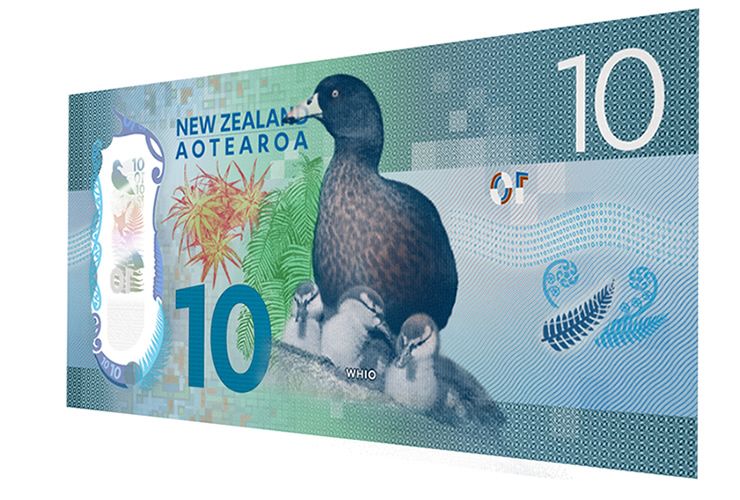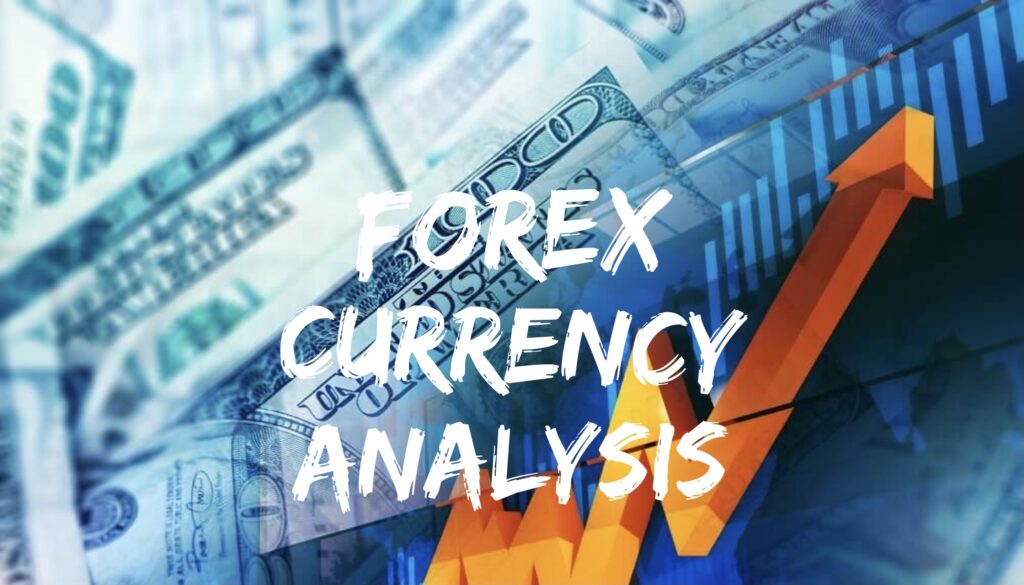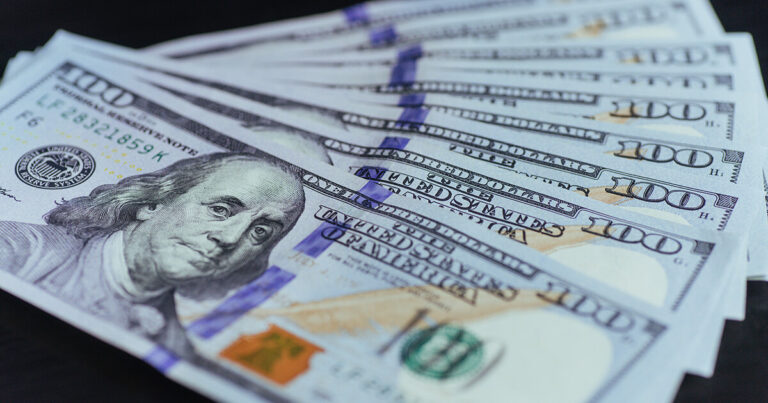Forex Currency Analysis
The first week of February, covid 19 news, geopolitics, and economic releases affect g7 economies. Forex currency analysis expresses a volatile week that saw increased demand for the usd and riskier assets, while Euro and haven currencies took a hasty retreat.
For this week’s g7 in-depth economic review and fundamental analysis – read on. But first,
What Fundamentals affected forex currency trading in the week? Several fundamentals played a role, but the following predominantly affected the g7’s forex currency analysis:
Key Fundamentals Involved
COVID-19 News
Unless you have been living under a rock for the past year, you are no doubt aware of the coronavirus pandemic that has gripped the world, bringing economies to their knees. Despite massive vaccination rollouts and lockdown measures, globally, confirmed coronavirus cases continue to surge but at a reduced rate and reached 106 million by the end of the week.
Coronavirus vaccine shortages and distribution hitch still a challenge, but there is another bigger challenge – the rich counties hoard over 60% of the vaccines, and developing countries yet to receive their jabs.
Geopolitics
The impact of geopolitics on g7 currencies has been quite noticeable. Markets strongly reacted to international relations and geopolitical risks, with most of the currencies showing falls or little change.
To mention some instances, the recent military coup in Myanmar and its resulting demonstrations took center stage and dominated financial headlines in the week. The same goes for political turmoils in the Asia regions and the jailing of key opposition leaders in Russia leading to domestic and international outrages.
Russia shut down several EU member states’ embassies as the EU condemned the act and promised sanctions against Russia. Joe Biden’s administration renewed some trade ties and agreements with countries and trading blocs abolished by Donald Trump.
Economic Releases
In the week most G7 economies released economic data, including GDP, industrial production, and trade balance data. Some countries held monetary policy meetings on interest rate decisions.
US Stimulus
On Friday, the US Senate voted to approve Biden’s $1.9 trillion coronavirus stimulus package. This move generated positive sentiments that saw the usd tumble and riskier assets gaining on this day.
Oil Price fx

The oil price fx is the single most important factor affecting global economic growth. Positive sentiments and production cuts supported oil prices’ bullish run over the week.
The first week of February saw oil prices jump by 8.9% to close at 57.09 per barrel.
G7 In-Depth Economic Review And Analysis
Table: g7 performance summary
|
currency pair |
1st February 2021 |
7th February 2021 |
average |
percentage change |
remarks |
|
USD |
90.975 |
91.032 |
91.173 |
0.511 |
increase |
|
GBP/USD |
1.3661 |
1.3733 |
1.3675 |
0.2262 |
increase |
|
EUR/USD |
1.2059 |
1.2042 |
1.2028 |
0.7746 |
drop |
|
USD/CHF |
0.8968 |
0.8988 |
0.8992 |
0.9547 |
increase |
|
USD/JPY |
104.91 |
105.36 |
105.16 |
0.65 |
increase |
|
USD/CAD |
1.2849 |
1.2751 |
1.2797 |
0.2035 |
drop |
|
AUD/USD |
0.7619 |
0.7677 |
0.7624 |
0.4580 |
increase |
|
NZD/USD |
0.7156 |
0.7197 |
0.7180 |
0.0974 |
increase |
The US Dollar Analysis
The week was a haven for the greenback driven by strong economic data, fiscal stimulus, and coronavirus news. Forex currency analysis shows the improvement by 0.51% to 91.042, reversing 0.38% loss in the previous week.
The US Dollar improved for a 2nd consecutive marking a 4th weekly gain in 5 weeks. According to Investing.com, the greenback shed off 0.53% on Friday, the strong gains made earlier in the week, however.
Earlier in the week, positive economic data releases uplifted the dollar. Private-sector production index improved from 57.7 to 58.7, but manufacturing slumped from 60.7 to 58. Midweek nonfarm payroll increased by 174k, reversing a previous 78k fall.
But later on in the week, things got worse for the dollar, and the bulls took a u-turn. Nonfarm payroll increased by just 49k to reverse a prior 227k drop.
Despite the slight increase, the US unemployment rate dropped from 6.7% to 6.3%, largely attributed to the participation rate dropping from 61.5% to 61.4%. However, factory orders, trade data, unit labour, and production figures at the end of the week did not move the dollar either way.
GBPUSD News

Economic data, coronavirus news, and international politics drove another quiet week in the economic diary in the UK – gbpusd news. On the economic data front, positive service, and manufacturing results uplifted the sterling pound.
However, covid 19 pandemic, travel restrictions and lockdown measures weighed heavily on the pound. The BoE monetary policy decision was the showstopper. As expected, the bank left monetary policy unchanged. The decision was arrived at amidst high expectations of GDP sped up growth fuel by the ongoing vaccination program in the UK.
By the end of the week, the sterling pound gained 0.20%, closing at 1.3735 against the American dollar. In the week before, the sterling had risen by 0.16%.
EUR USD News
Meanwhile, in the Eurozone, the Euro could not match the strength of the US dollar. In the 1st half of the week, positively skewed economic data releases supported the Euro, but the private sector disappointed. The Eurozone’s Composite PMI rose from 45.3 to 49.1.
4th quarter GDP data also disappointed. The Eurozone’s economy shrunk by 0.7%, reversing the 3rd quarter’s 12.4% rebound. The global coronavirus pandemic and the containment measures added more pressure to the Euro.
The ongoing covid 19 vaccination also provided support for the Euro. On a positive note, the ECB’s Economic Bulletin highlighted reducing risks and a positive economic outlook.
Battered by the strengthening usd, the EUR contracted by 0.74% to 1.2046. The Euro began the week badly, but a 0.69% gain on Friday downplayed the damage. In the previous week, the Euro had gone southwards by 0.29%.
USD/CHF
Like its next-door European neighbour, the Switzerland currency took a strong beating and closed the week in the red zone. According to forex currency analysis by Investing.com, Swiss franc shed off 0.9547% to the greenback. Scarce economic data, COVID-19 news, and strengthening usd, damaged the Swiss franc.
Amidst the ongoing covid 19 vaccination program, the global pandemic and lockdown measures weighed heavily on the Swiss franc. To stem inflation, the Swiss government introduced intervention measures – a move that saw Switzerland appearing on the US list of currency manipulators. Switzerland has spent over 690 billion Swiss francs on intervention measures resulting in the weakening of its currency.
On the scarce economic data released in Switzerland, it was a mixed basket. Retail sales figures improved just by 0.1%, while the industrial PMI index improved from 57.3 to 59.4. However, consumer sentiments disappointed, dropping from -13 to -15.
JPY/USD
Over Japan in the Far East, forex currency analysis shows that the yen had a tough week, similar to the Swiss franc. It was negatively affected by coronavirus news, poor economic data, and US stimulus.
Both the service and manufacturing sectors contracted from 50.0 to 48.9 and 47.7 to 46.1, respectively. On Friday, household spending supported the yen raising by 0.9 against a 1.8% drop previously.
CAD Latest News
Despite waiting until Friday for any economic data report, Lonnie closed in the green zone. According to cad latest news, it gained 0.16%, reversing a 0.35% previous loss.
On the positive economic data, Canada’s trade deficit gap narrowed from 3.56bn to 1.67bn. However, employment figures disappointed, tumbling by 213k in January, after a 68.2k slide in December. Consequently, the unemployment rate leaped from 8.6% to 9.4%.
Oil prices rose, and Ivey’s PMI improved from 46.7 to 48.4, providing much-needed support for Lonnie.
AUD/USD – The Weeks Top Gainer
Forex currency analysis shows that the Aussie dollar started the week poorly, but a 1.03% gain on Friday uplifted it. In the end, the Aussie grew b 0.44% to 0.7678. Economic data, US stimulus, and covid 19 news significantly drove the performance of the Aussie dollar.
The manufacturing sector, trade data, and business confidence figures improved, but retail sales spiraled downwards. On the fiscal policy front, the Reserve Bank of Australia flexed its muscles.
RBA left interest rates unchanged and stretched its quantitative easing campaign by A$ 100bn – catching the forex market off guard.
NZD Analysis

In a relatively quiet week in New Zealand, the kiwi dollar closed the week up by just 0.07% to 0.7198. Like the Aussie, the kiwi started on a bearish run, but bulls took control on Friday, leading to a 0.59% gain that delivered the upside.
Positive economic update affected nzd analysis at the end of the week. Contrary to earlier projections of a 0.8% decline, employment figures dropped by 0.6% as a result pushed the unemployment rate from 5.3% to 4.9%.
On a positive note were building consents that spiked by 4.9%, and the global dairy auction recorded a continued price increase.
Conclusion
Forex currency analysis shows that the US dollar gained against safe-haven currencies and Euro. However, despite strengthening, the American dollar lost against the riskier assets.
Recommended:
Forex Movement News From 3rd May to 9th May 2021





